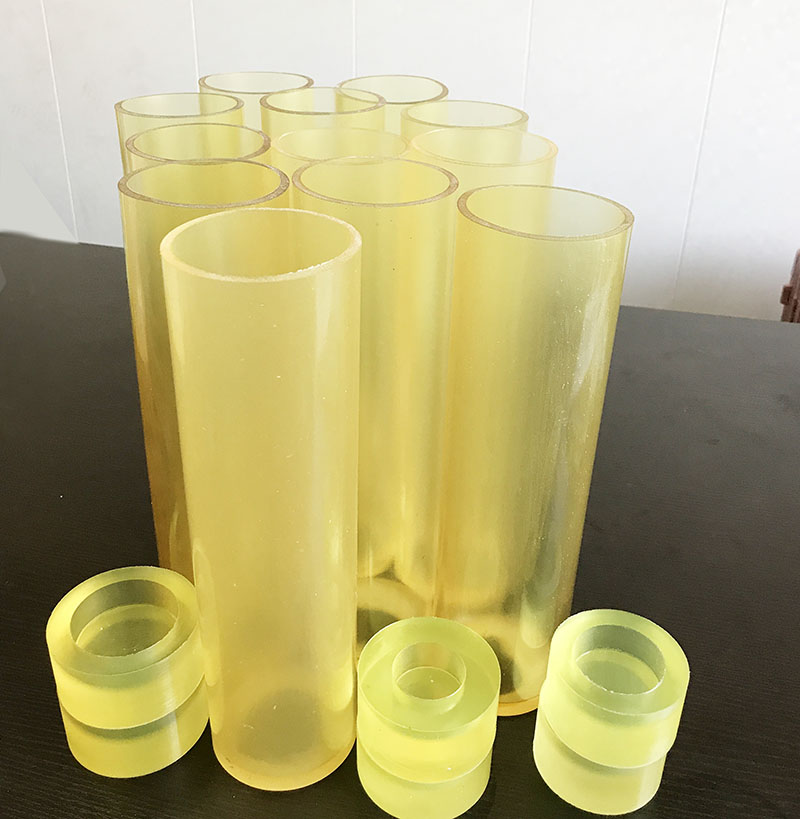

The Methods of Zirconia Ceramics Molding and the Advantages of Zirconia Ceramics
1. Grouting molding
Slip casting is an earlier molding method for zirconia ceramics. The molding process of slip casting includes physical dehydration process and chemical coagulation process. Physical dehydration removes the moisture in the slurry through the capillary action of the porous plaster mold. The process of chemical coagulation is because the Ca2+ produced by the dissolution of CaSO4 on the surface of the plaster mold increases the ionic strength in the slurry, resulting in flocculation of the slurry. Under the action of physical dehydration and chemical condensation. The ceramic powder particles are deposited on the plaster mold wall. Slip casting is suitable for preparing large ceramic parts with complex shapes, but the quality of the green body, including shape, density, and strength, is poor, and the labor intensity of workers is high and it is not suitable for automated operations.
2. Hot Die Casting
For products with complex shapes, hot die casting is generally used. Hot die casting is to mix ceramic powder with binder (paraffin) at a relatively high temperature (60-100°C). A slurry for hot die casting is obtained. The slurry is injected into a metal mold under the action of compressed air, kept under pressure and cooled, and demolded to obtain a wax blank. The wax blank is dewaxed under the protection of an inert powder to obtain a green blank. The biscuit is then sintered into porcelain at high temperature. The green body formed by hot die casting has precise size, uniform internal structure, less mold wear and high production efficiency
3. Isostatic pressing
Isostatic pressing is mainly used in zirconia structural ceramics with special shape and large size. The green body formed by isostatic pressing is uniform and equal in all directions. And the pressure is high, so the green body after molding has high density, good uniformity, small firing shrinkage, and is not easy to deform, crack and delaminate. This forming method can avoid delamination that is easy to occur during dry pressing, especially for forming thicker zirconia products, so this forming method is a common method for producing zirconia products. However, the green body after isostatic pressing needs to be processed, so a part of raw materials will be wasted. At the same time, the processing of the green body is more troublesome, and the processing speed is required to be slow, and the production efficiency is not high.
Advantages of zirconia ceramic materials
1. The zirconia ceramic material has high anti-wear and anti-oxidation properties, and it will not change color, rust, or cause any skin allergies.
2. No damage to the skin, beautiful and durable, extremely hard, revealing a unique luster, outstanding and bright.
3. The hardness of zirconia ceramic material can be said to be very close to natural masonry, which is much lighter than metal, and has the characteristics of gemstones such as no discoloration and no wear.
4. A series of products such as density and color ceramic case, case, dial, clasp, bezel, etc., can be said to have extraordinary texture and vision.
5. It is an ideal environmental protection material in the watch industry, with high insulation and no pollution from electroplating and metal.
Zirconia ceramic material has extremely high toughness and strength, which is called "ceramic steel", and has a series of advantages. application prospects.



Cold Isostatic Pressing Bags, CIP bags, toolings, molds


We support all kinds of customization, if you need it, please contact us.
Phone/whatsapp:+86 18234744811
Email:sales@highindustryco.com